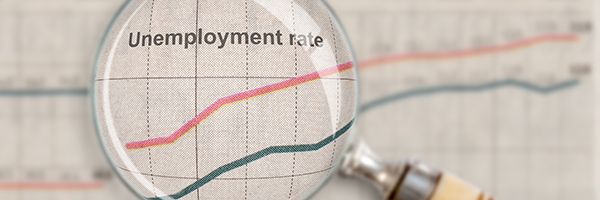The U.S. economy is likely to have added 978,000 jobs in April, the Bureau of Economic Analysis will report on Friday May 5, according to economists surveyed by Bloomberg. That would be up from March’s gain of 916,000 jobs and would be the biggest increase since August 2020. It would probably send the unemployment rate down to 5.7% in April from 6% in March.
There’s a good chance for upside to those numbers too. The U.S. economy has been picking up speed as pandemic restrictions are lifted in more and more states. That’s likely to have led employers to hire in an effort to prepare for more even more growth in the coming summer months.
The report will also put added pressure on the Federal Reserve to begin to reduce its program of buying $120 billion a month in Treasuries and mortgage-backed securities to support the economy. An initial reduction in the size of that program would be seen by the financial markets as a sign that the central bank is beginning to think about raising interest rates.
Federal Reserve chair Jerome Powell has said that the Fed would like to see a string of months of 1 million or more job gains before it began to discuss a change in the current low for longer interest rate policy. Adding 978,000 or more jobs in April would put two months of 900,000+ job gains on the books back to back. Would that be enough to get the Fed to thinking about a change in policy? When asked what would constitute a “string” of months at Wednesday’s post-meeting press conference, Powell declined to get more specific.
The economy is still more than 8 million jobs below where it was in February 2020, Powell pointed out. “We’re a long way from our goals,” he said. But then, as if realizing he’d been too direct Powell added “We don’t have to get all the way to our goals to taper asset purchases. We just need to make substantial further progress. It’s going to take some time.”
Well, yeah. But how much time?


